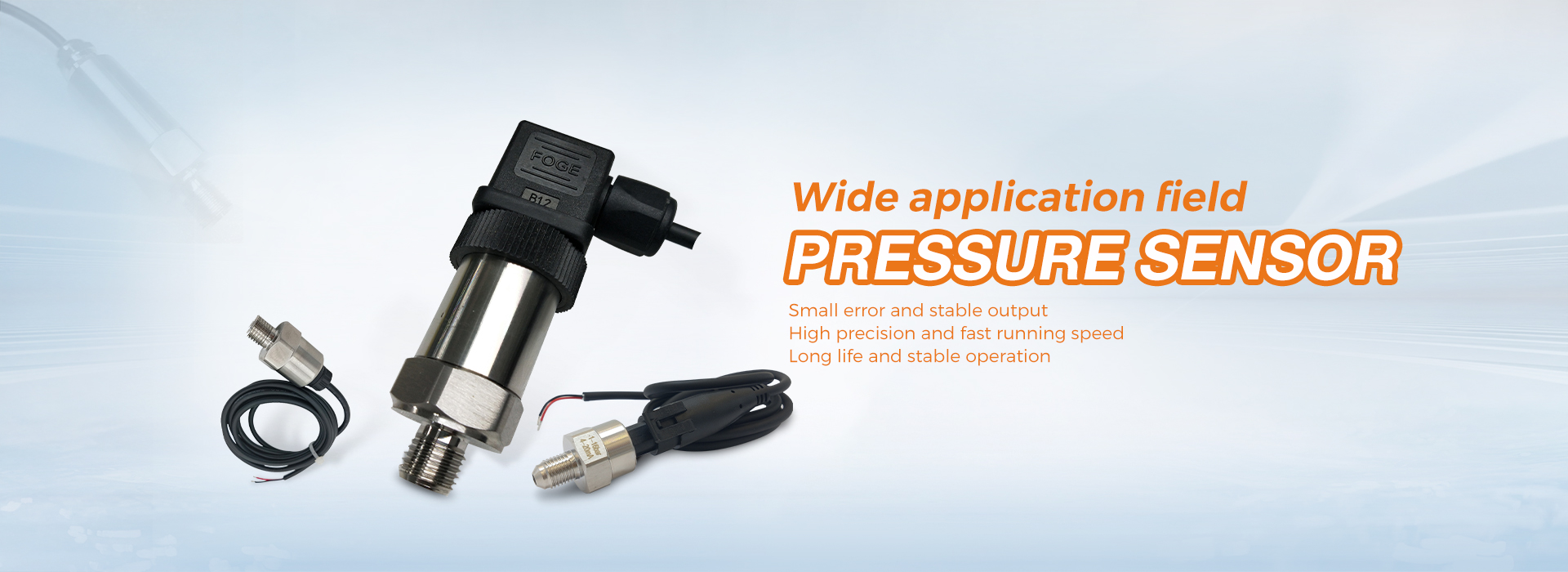Human survival and social activities are closely related to temperature and humidity. With the realization of modernization, it is difficult to find an area that has nothing to do with temperature and humidity. Due to different application fields, the technical requirements for temperature and humidity sensors are also different.
From a manufacturing point of view, the same temperature and humidity sensors have different materials, structures, and processes. Its performance and
technical indicators will vary greatly, so the price will also vary greatly. For users, when choosing a temperature and humidity sensor, they must first figure out
what kind of temperature and humidity sensor they need; what grade of product their own financial resources allow to buy, and weigh the relationship between
"need and possibility" so as not to act blindly.
1. Select the measurement range
Like measuring weight, temperature, and humidity, choosing a temperature and humidity sensor must first determine the measurement range. Except for
meteorological and scientific research departments, high temperature and humidity measurement and control generally do not need full humidity range
(0-100% RH) measurement.
2. Select measurement accuracy
The measurement accuracy is the most important indicator of the temperature and humidity sensor. Every increase of one percentage point is a step up or even
a higher level for the temperature and humidity sensor. Because to achieve different precision, the manufacturing cost varies greatly, and the selling price also
varies greatly. Therefore, users must tailor their clothes, and should not blindly pursue precise.
If the humidity sensor is used at different temperatures, its indication should also consider the influence of temperature drift. As we all know, relative humidity is
a function of temperature, and temperature seriously affects the relative humidity in a given space. For every 0.1°C change in temperature. A humidity change
(error) of 0.5% RH will occur. If it is difficult to achieve a constant temperature in the application occasion, it is not appropriate to propose an excessively high
humidity measurement accuracy.
In most cases, if there is no precise temperature control means, or the measured space is not sealed, the accuracy of ±5%RH is enough. For local spaces that
require precise control of constant temperature and humidity, or where humidity changes need to be tracked and recorded at any time, a temperature and
humidity sensor with an accuracy of ± 3% RH or higher is selected.
The requirement of accuracy higher than ±2% RH may be difficult to achieve even with the standard humidity generator for calibrating the sensor, not to mention
the sensor itself. Relative temperature and humidity measuring instrument, even at 20-25 ℃, it is still very difficult to achieve the accuracy of 2% RH. Usually
the characteristics given in the product information are measured at normal temperature (20℃±10℃) and clean gas.
Anxing Sensing Technology fully considers the influence of temperature on humidity, and the interior is fully calibrated and temperature compensated to eliminate
or reduce the influence of temperature on humidity as much as possible, so as to improve the measurement accuracy of the sensor, and the measurement
accuracy can reach 2%RH, 1.8%RH.
3. Consider time drift and temperature drift
In actual use, due to the influence of dust, oil and harmful gases, the electronic humidity sensor will age and the accuracy will decrease after a long time of use.
The annual drift of the electronic temperature and humidity sensor is generally about ±2%, or even higher. Under normal circumstances, the manufacturer will
indicate that the effective use time of one calibration is 1 year or 2 years, and it needs to be re-calibrated when it expires.
4. Other matters needing attention
The temperature and humidity sensor is not hermetically sealed. In order to protect the accuracy and stability of the measurement, try to avoid using it in an
atmosphere containing acidic, alkaline or organic solvents. Also avoid using it in a dusty environment. In order to correctly reflect the humidity of the space to
be measured, it should also avoid placing the sensor too close to the wall or in a dead corner where there is no air circulation. If the room to be measured is too
large, multiple sensors should be placed.
Some temperature and humidity sensors have relatively high requirements on the power supply, otherwise the measurement accuracy will be affected. Or the
sensors interfere with each other and don't even work. When using, a suitable power supply that meets the accuracy requirements should be provided according
to the technical requirements.
When the sensor needs to perform long-distance signal transmission, attention should be paid to the attenuation of the signal.
Post time: Sep-21-2023



